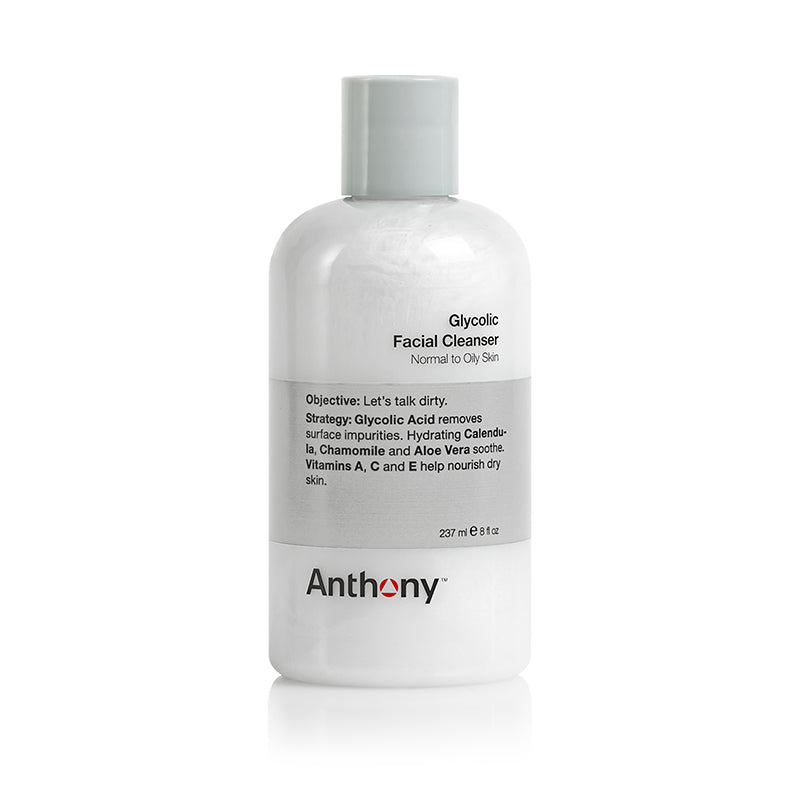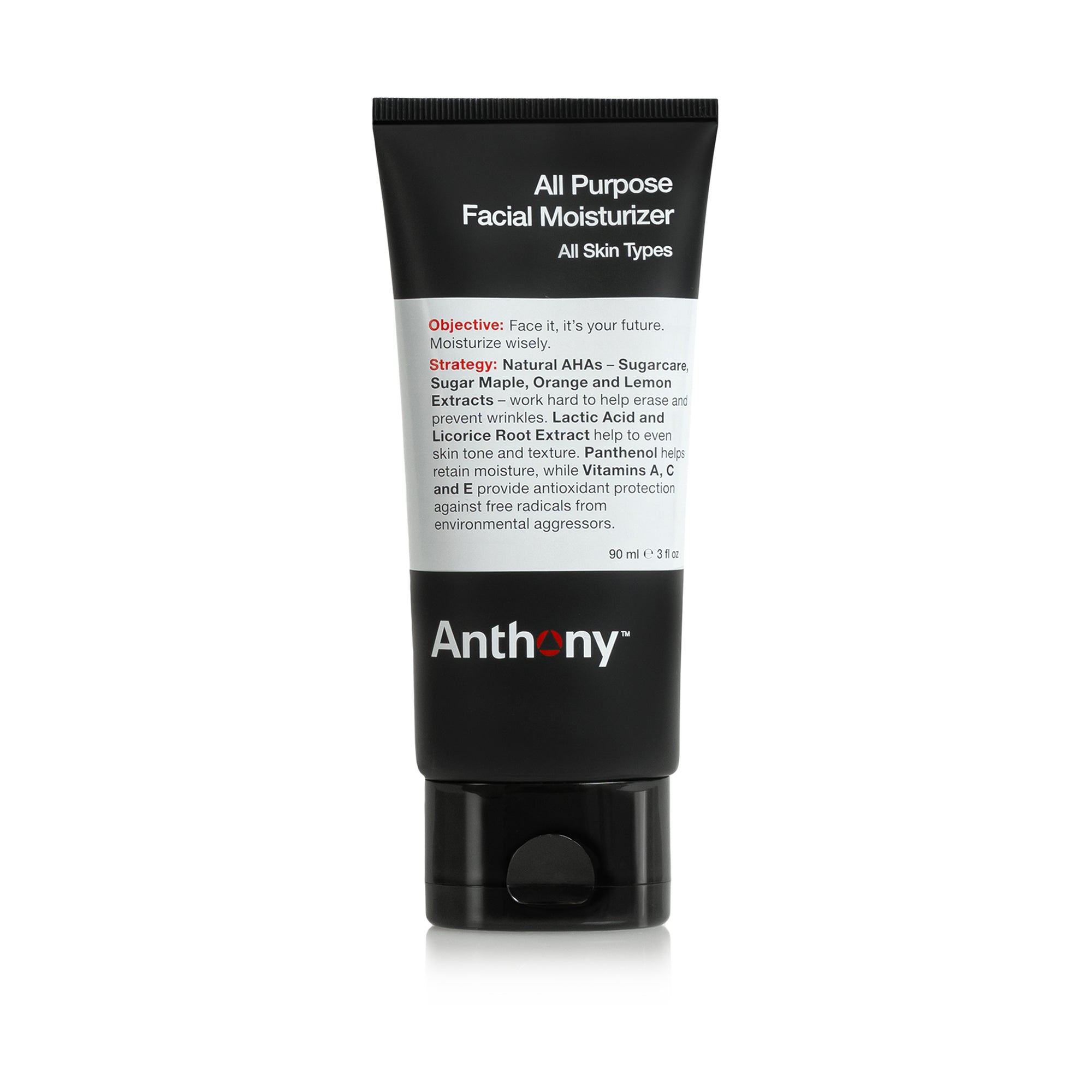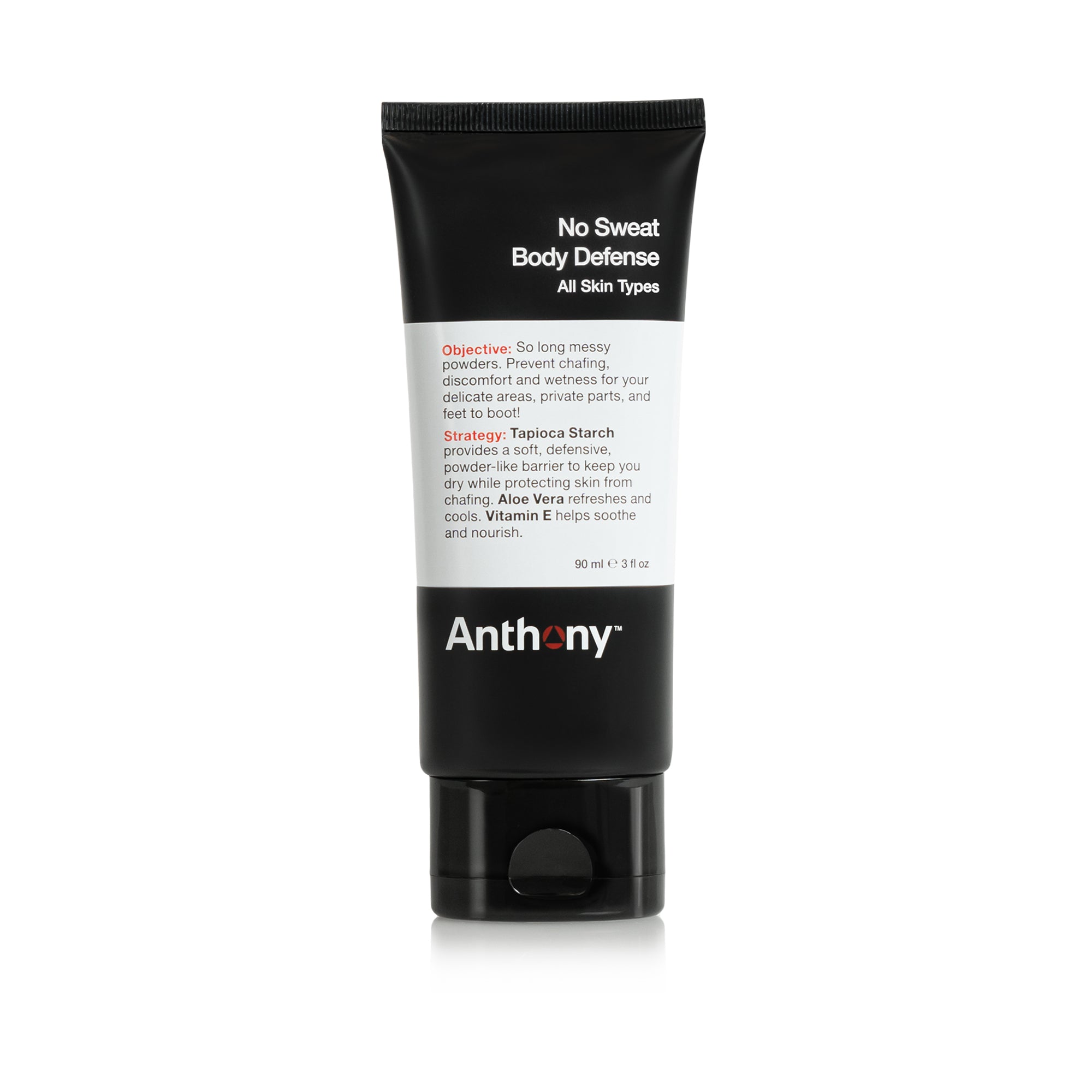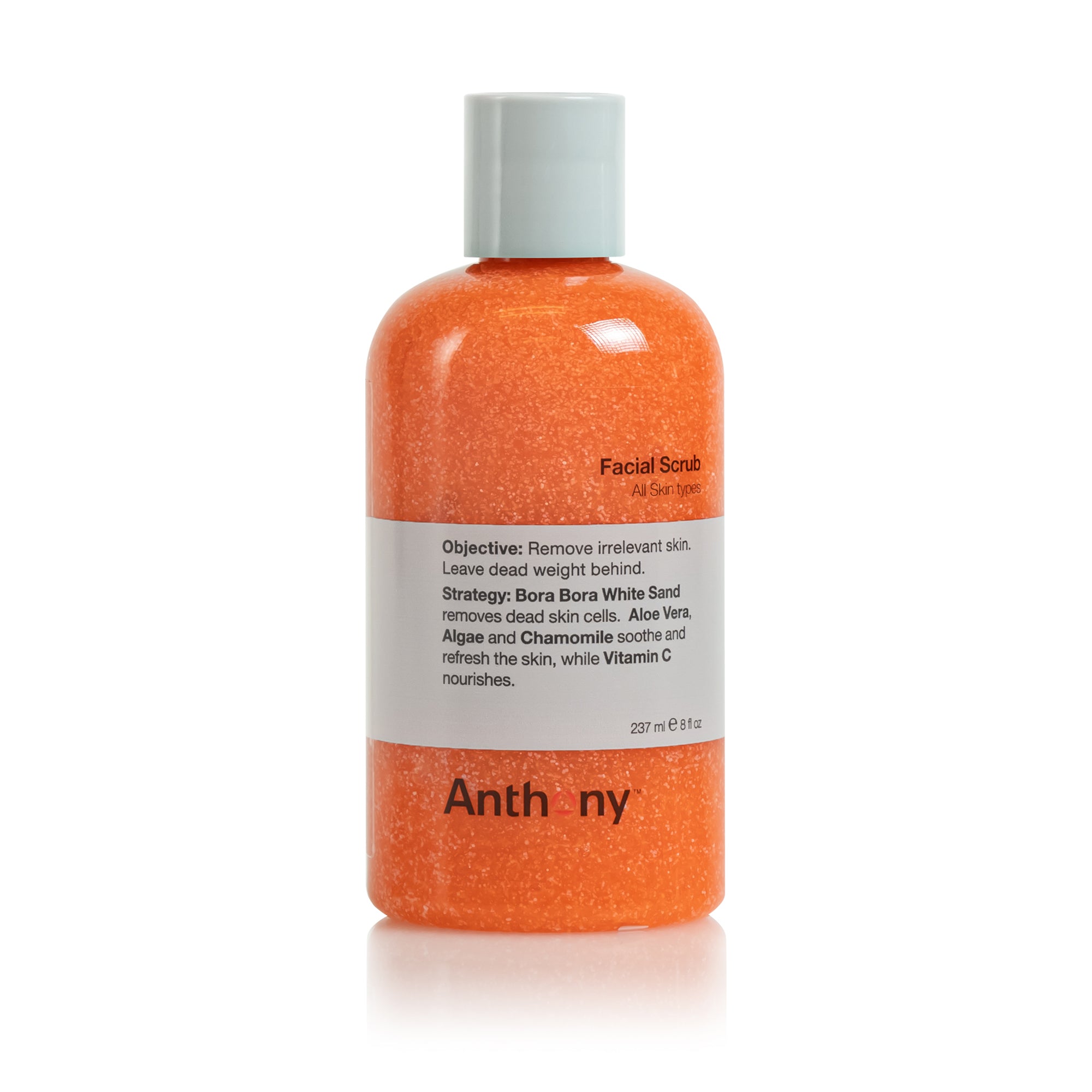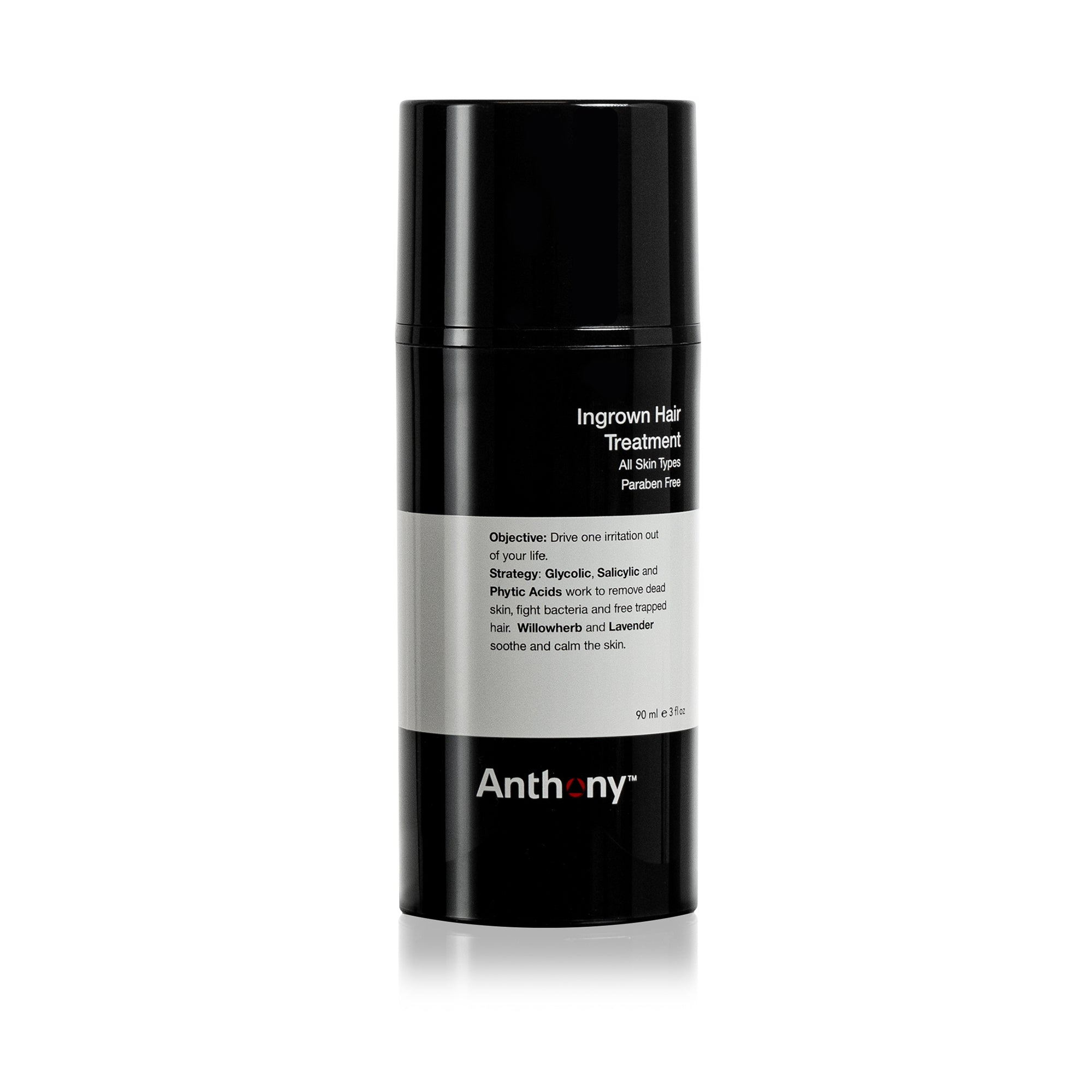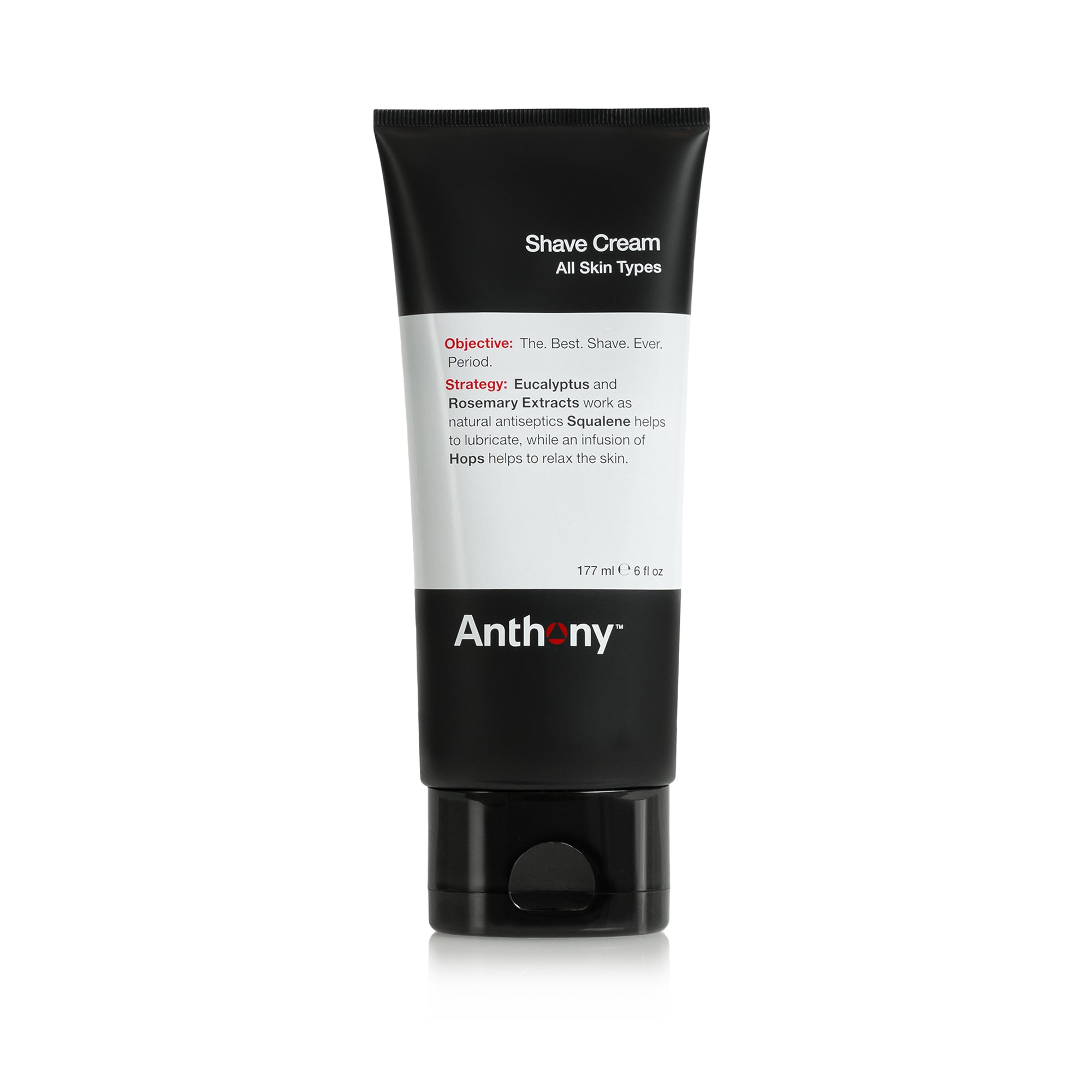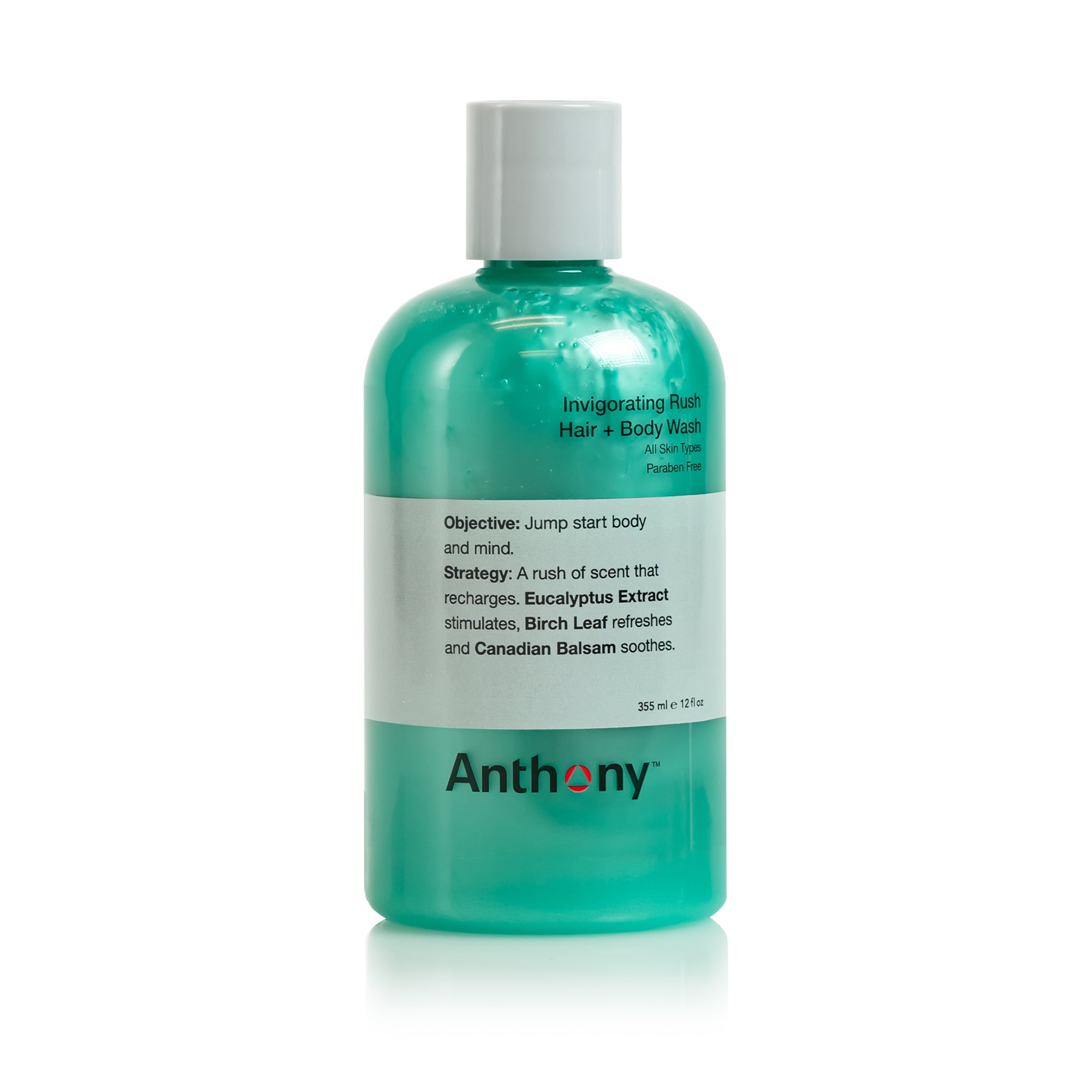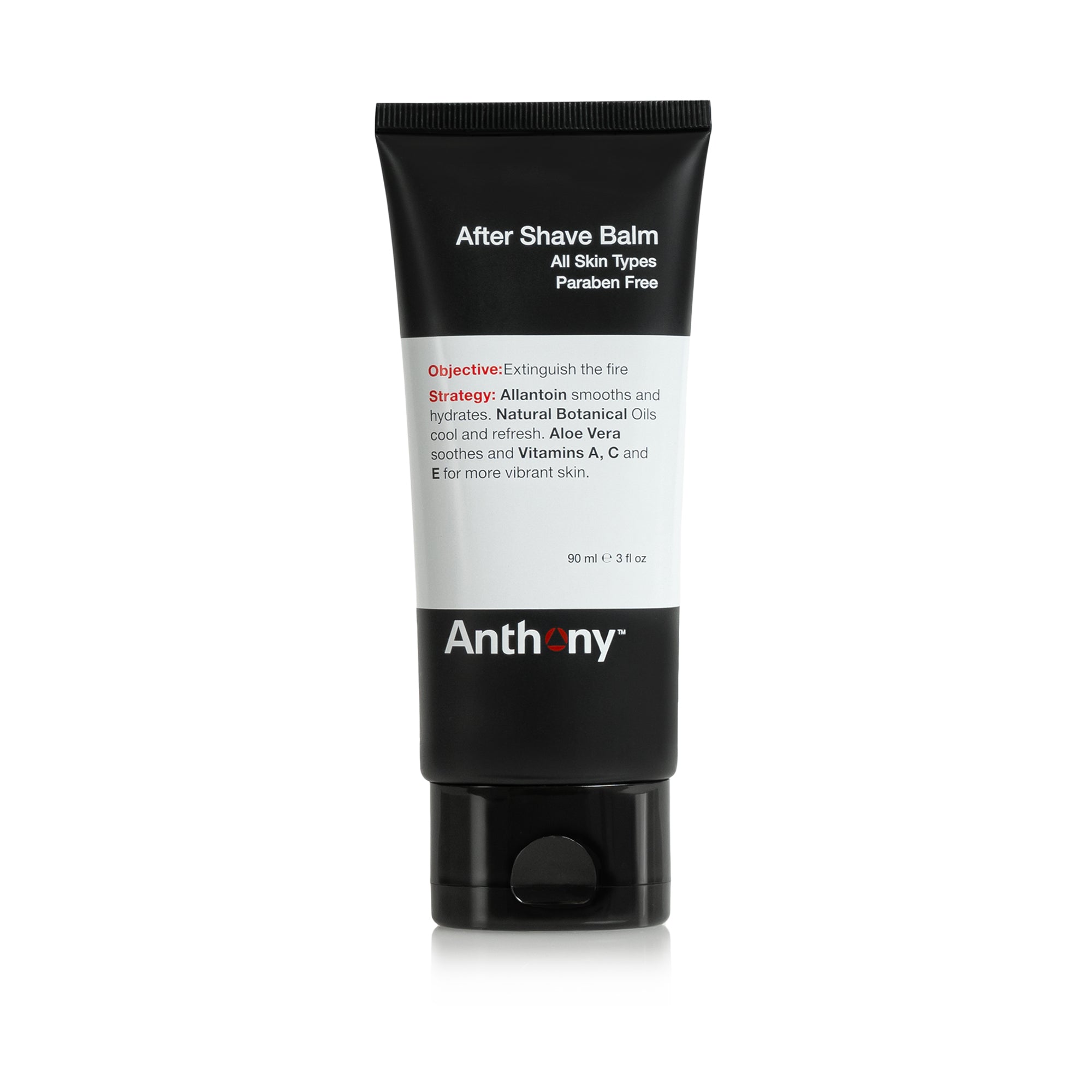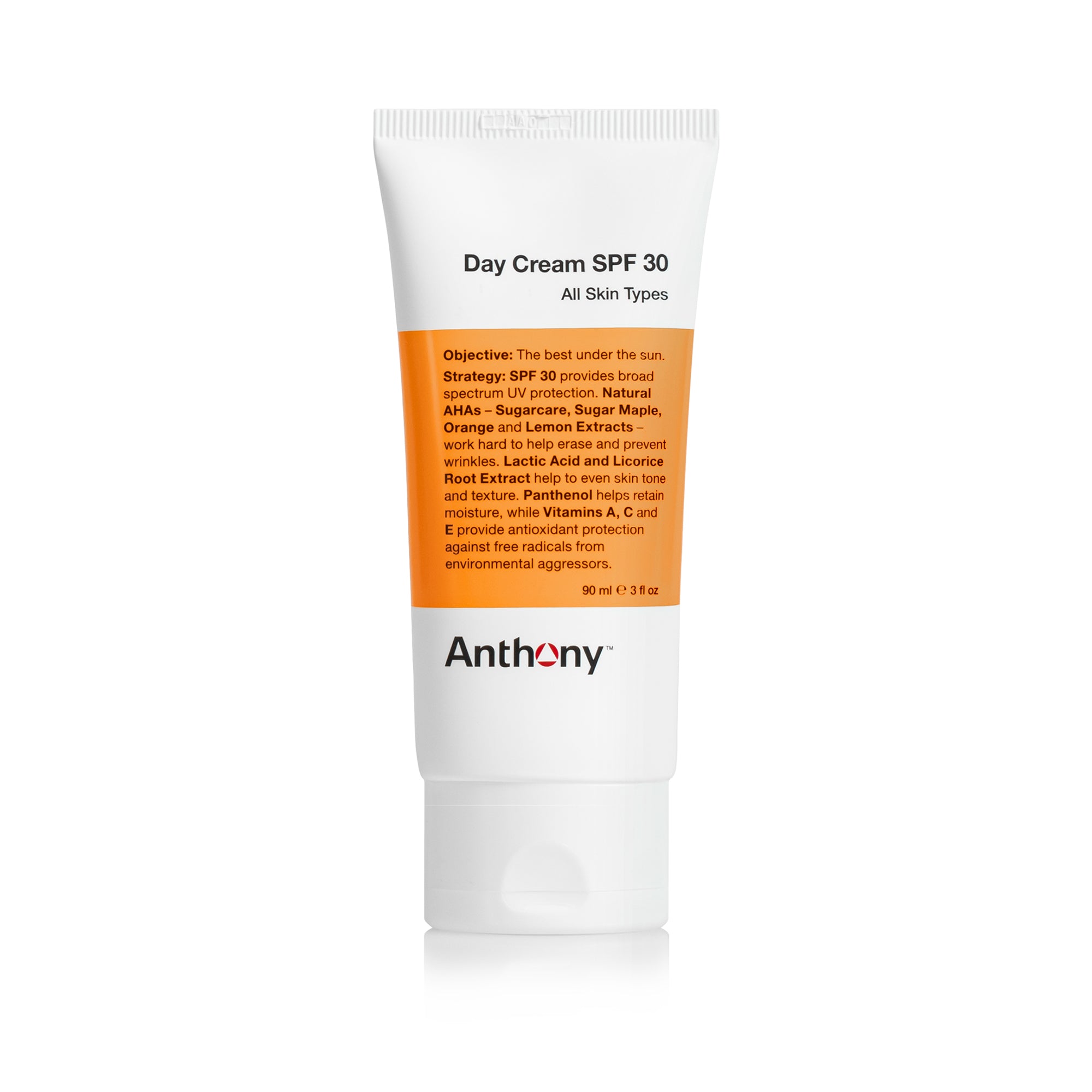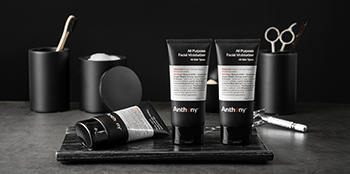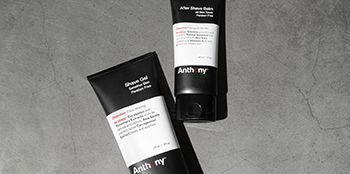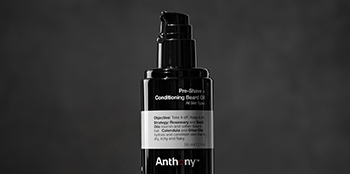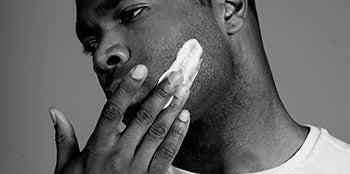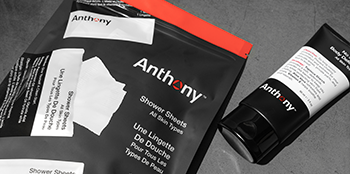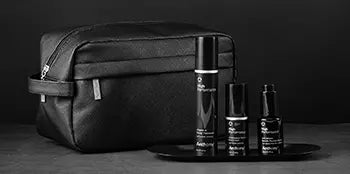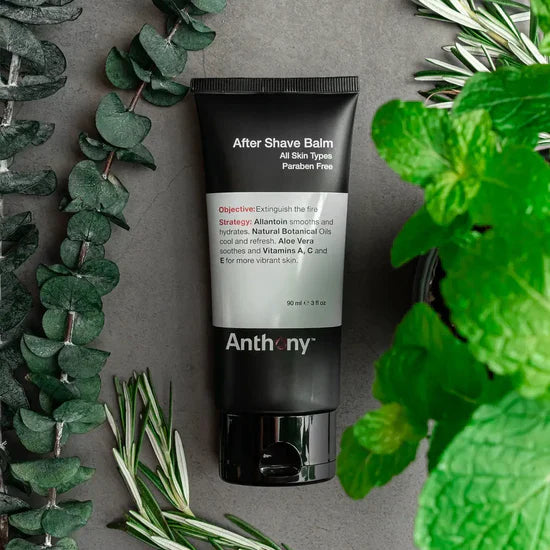
Shaving can be a pain — literally. Whether you’re a man who only has to shave from time to time or a man who gets a thick 5 o’clock shadow every single day, you may dread pulling out the razor and shaving cream. Even if you’re extra careful when you shave, there’s still a good chance that you’ll have to deal with razor burn and/or razor bumps. Not only are these unsightly issues, but they can also be very uncomfortable.
Fortunately, you don’t have to suffer every time you see stubble in the mirror. There are ways to treat and prevent razor burn, razor bumps, and most other kinds of irritation caused by shaving. The key is to make sure you’re practicing good pre-shave and post-shave routines, and properly caring for your skin and facial hair while you shave.
But if you’re relatively new to the shaving game or you’re just experiencing razor burn or bumps for the first time, you probably have a few questions, like: Why does razor burn happen in the first place? What’s the difference between razor burn and razor bumps? How long do these issues last? How can they be prevented? What can you do to treat a sudden flair-up of razor burn or razor bumps? Finally, what are the best products on the market to ensure that you’re getting a clean shave without all the pain and discomfort?
In today’s guide, we will answer all of these questions and more, so let’s get started!
What Causes Razor Burn and Razor Bumps?
Razor burn refers to the red, irritated skin you might get immediately after shaving, while razor bumps are (as the name implies) the little bumps that appear once the new hair follicles start to grow back. Both issues can be caused by various things, but they are often closely related. Most people who experience razor burn also experience razor bumps, and vice versa. Many different issues and practices can lead to razor burn and/or razor bumps, including:
- Using a Dull Razor - If you’ve been using the same razor for multiple shaves, particularly a single-use razor, there’s a good chance that the blade is dull. A dull blade is more likely to pull at hairs rather than cut through them, which is a common cause of irritation. Dull blades can also increase the risk of shaving off thin layers of skin, leading to patches of redness.
- Going Against the Grain - It’s always advisable to shave in the same direction that your hair grows. This can get a little complicated with a beard, as the hairs may grow in many different directions. In any case, shaving “against the grain” tends to pull and irritate the hair follicles. This also increases the risk of getting one or more ingrown hairs (more on that later).
- Having Dry Skin - Dry, unmoisturized skin is more easily irritated than hydrated skin. If you shave without properly moisturizing your beard and the skin underneath, you increase the risk of razor burn and bumps. This is partly because dry skin is not as smooth, and the uneven texture can cause the razor to put too much pressure on some areas and not enough pressure on others.
- Shaving Too Often - You might like having that clean-shaven look at all times, but if you’re shaving more than once per day, you could be putting unnecessary stress on your face and beard. Additionally, pressing down too hard with your razor can end up taking off thin chunks of skin and exacerbating the irritation.
- Having Sensitive Skin - Unfortunately, some people are predisposed to experiencing razor burn and razor bumps. If you have skin that’s sensitive to different products or to razors, you might struggle with razor burn, razor bumps, or both conditions on a regular basis.
How Long Do They Last?
Between razor burn and razor bumps, the former typically clears up much faster than the latter. On average, you can expect razor burn to appear within a few minutes of shaving, and go away (without any intervention) after a few days. This assumes that you don’t continue shaving during this period, as increased exposure to a razor could cause the razor burn to last longer.
Alternatively, razor bumps may have a longer onset and take longer to go away. You might see the bumps appear within a few minutes of shaving, but it’s more likely that they’ll take a few hours or days to become visible. Once the razor bumps are there, they may stay “raised” for as long as 2 to 3 weeks!
Fortunately, you don’t have to put up with razor burn/bumps for days or weeks on end. There are several ways to prevent them from ever occurring in the first place. Even if it’s too late and you’ve already got red, bumpy patches on your face, there are still ways to help treat them and clear up your skin as soon as possible. We’ll go over some of the best options for preventing and treating razor burn and razor bumps in the sections below.
How To Prevent Razor Burns and Razor Bumps
The best way to avoid razor burns and bumps is to use preventive measures, which often just require you to use good sense and quality products before you shave, while you shave, and right after you shave. Before a shave, you should make sure that your face is clean, exfoliated, and well moisturized. Anthony’s Facial Scrub can help exfoliate your face, while our Algae Facial Cleanser can keep your skin clean and well-hydrated before you start shaving.
Once you’re ready to shave, you’ll want to make sure that your razor isn’t dull. Then, apply a quality shaving cream, shave your face with care, and follow it up with a natural after shave balm. Following these steps and using good, natural products can greatly reduce the frequency and severity of razor burns and bumps.
How To Get Rid Of Razor Bumps and Razor Burns
Razor bumps and razor burn are much easier to prevent than they are to treat. However, treating either condition is not a lost cause. In fact, if you act fast, you can make the redness, irritation, discomfort, and bumps go away much more quickly. The best course of action is to keep your skin as hydrated as possible. This will prevent irritated skin from getting dry and cracking, and even help speed up the healing process. If you’re in need of an excellent moisturizer for men, check out Anthony’s All Purpose Facial Moisturizer.
Ingrown Hair Treatment
Razor bumps and ingrown hairs go hand in hand. The bumps often precede ingrown hairs, and these bumps may get larger and become inflamed if an ingrown hair is left untreated. While a moisturizer is great for treating razor burn, it’s not quite as effective at treating razor bumps. For this reason, we recommend our signature Ingrown Hair Treatment. Not only can it cleanse the skin and reduce razor bumps, but it can also help free painful and unsightly ingrown hairs. In short, it’s a win-win!
Want to learn even more about the causes, prevention, and treatment of razor burn and razor bumps? If so, be sure to check out the great products and solutions available at Anthony today!

